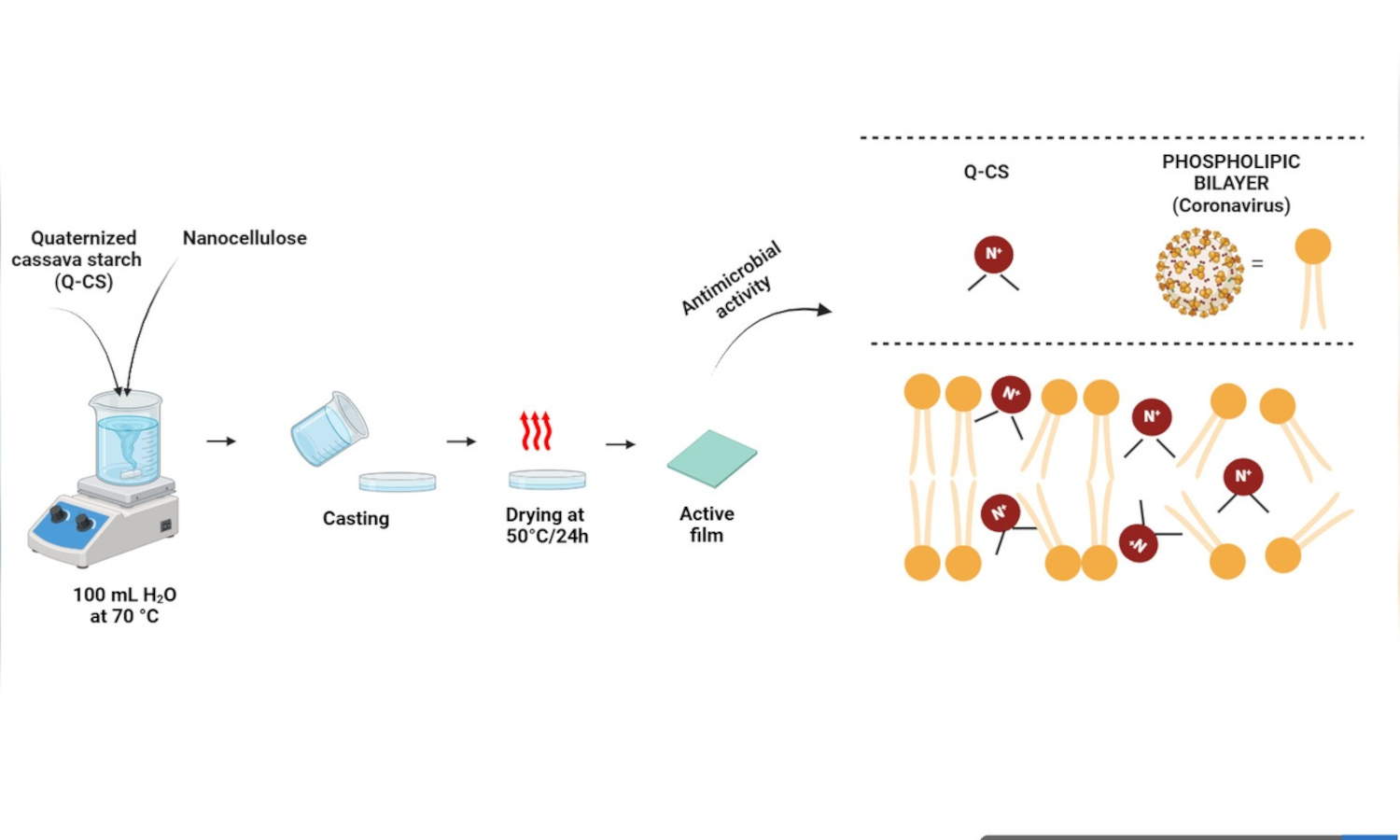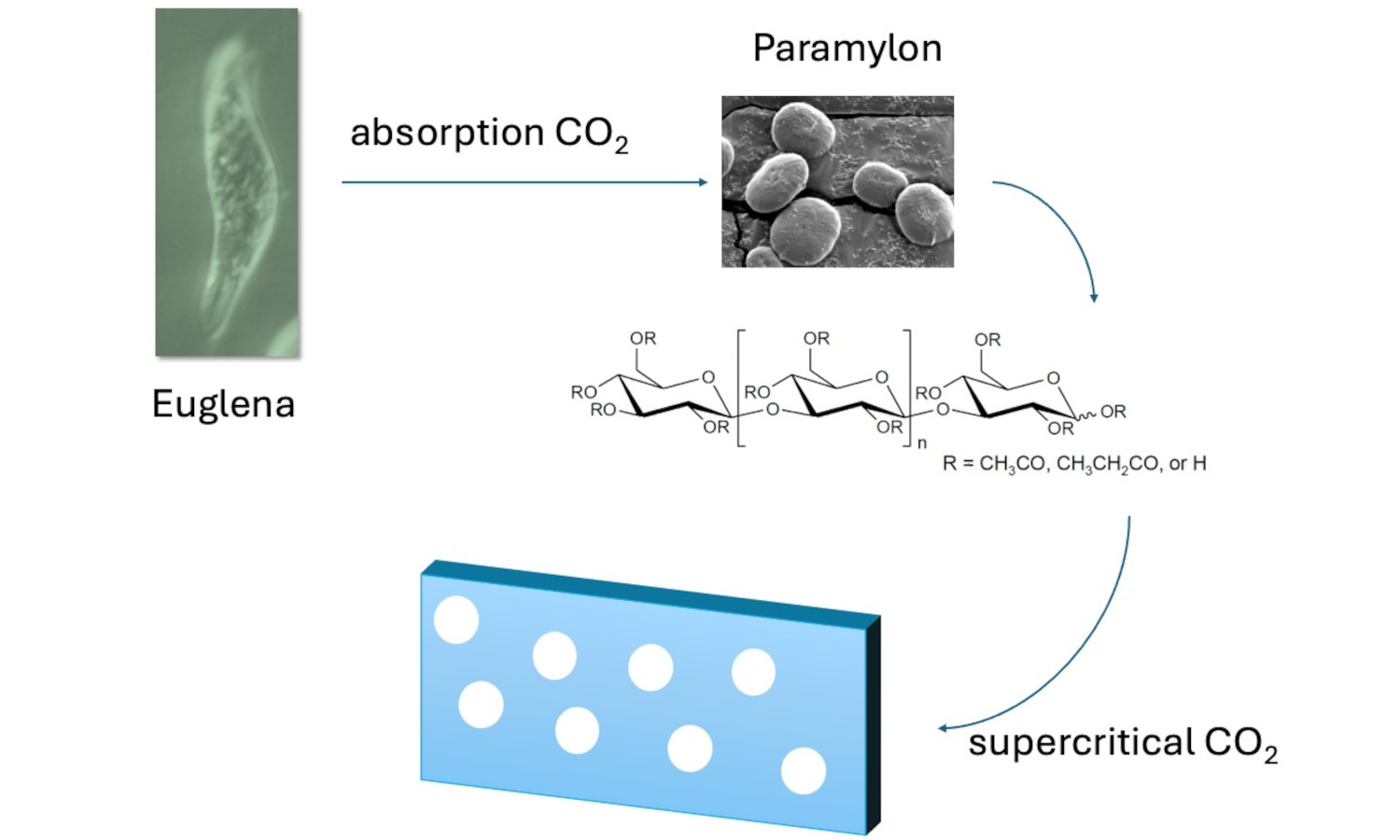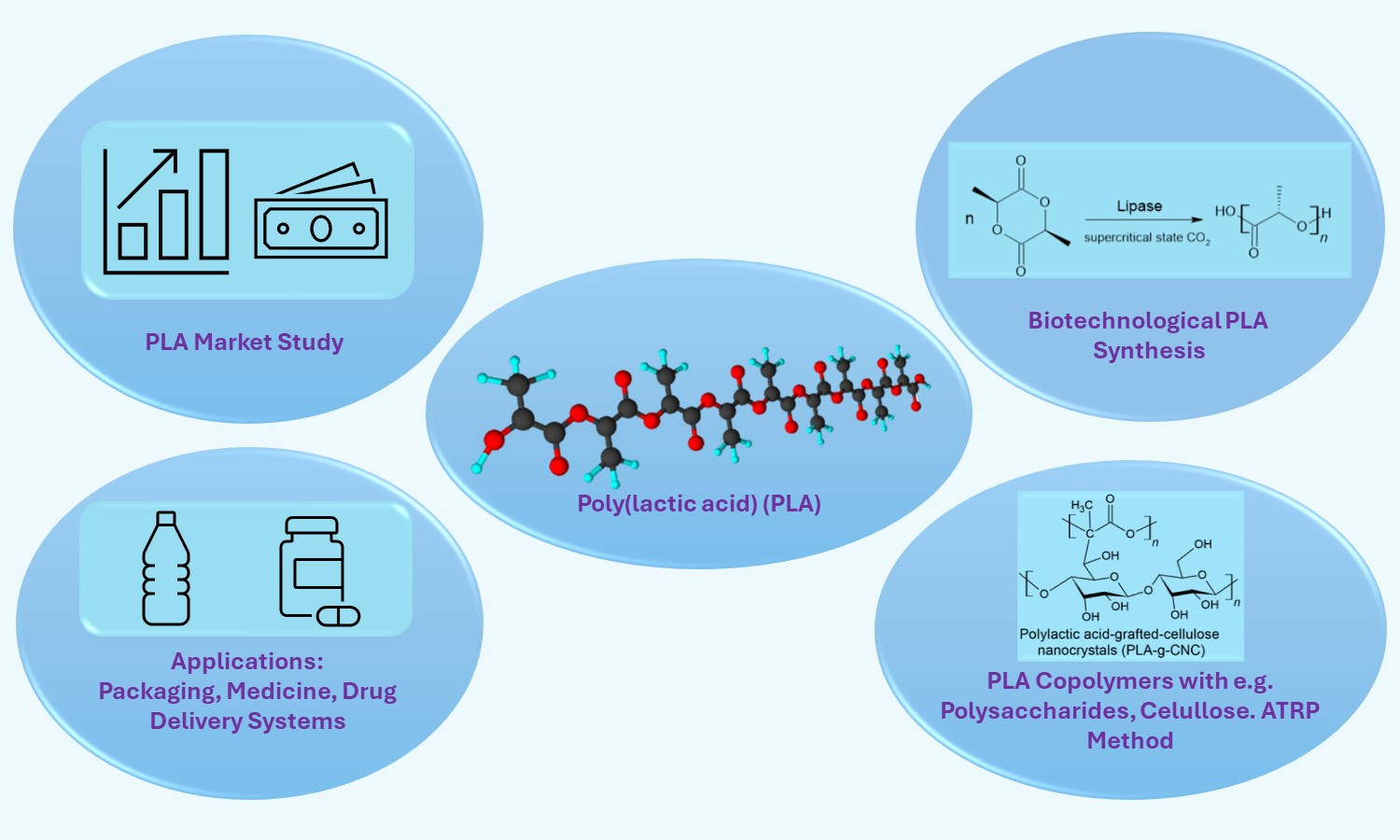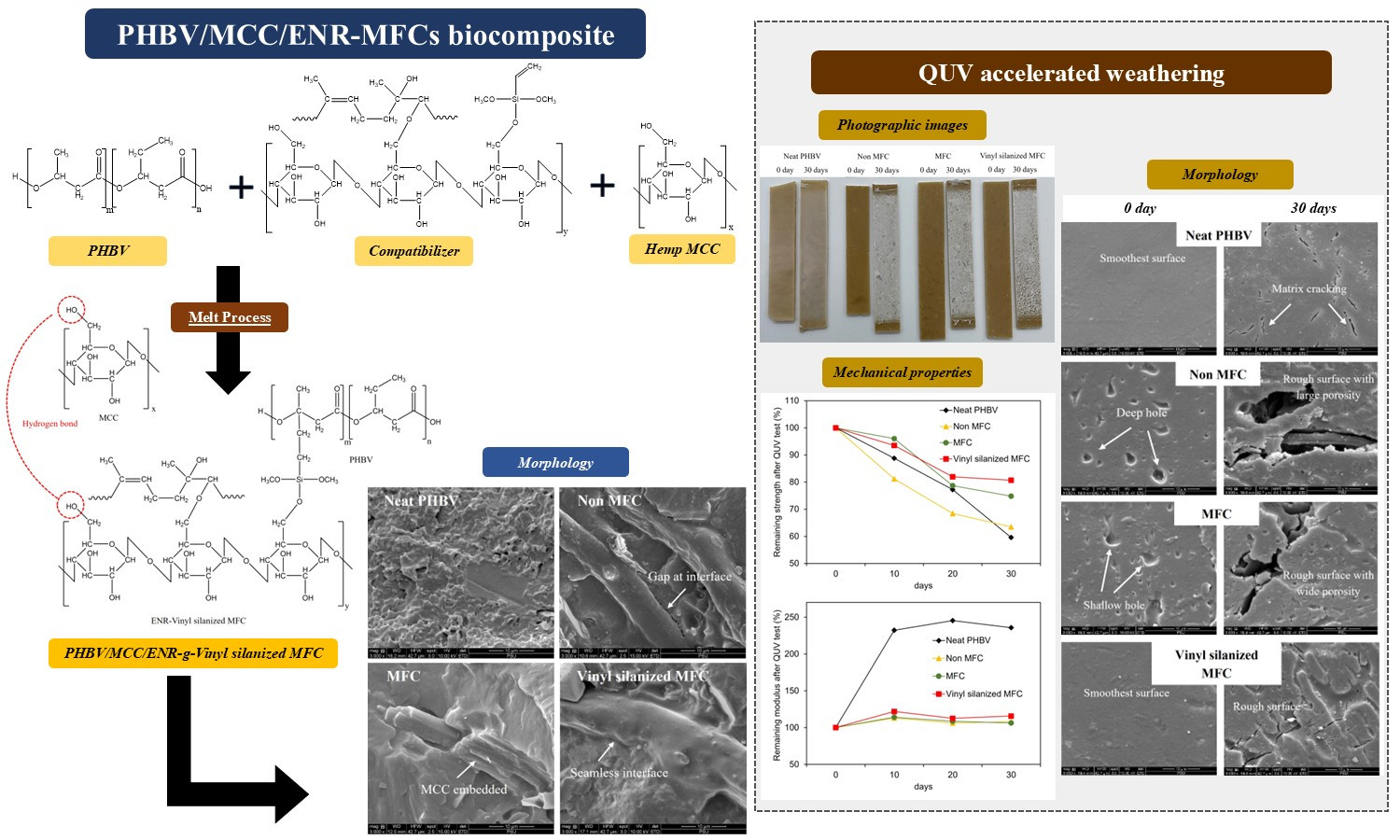Bio-based composites of sago starch and natural rubber reinforced with nanoclays
Vol. 17., No.11., Pages 1096-1109, 2023
DOI: 10.3144/expresspolymlett.2023.83
DOI: 10.3144/expresspolymlett.2023.83
GRAPHICAL ABSTRACT

ABSTRACT
Sago
starch (SS) was blended with natural rubber (NR) using nanoclays, namely
montmorillonite (MMT), kaolinite (KAO), and kaolinite modified by dimethyl
sulfoxide (KAO-D) to enhance its physical and mechanical properties. Each nanoclay
was incorporated at 2, 4, 6, and 8 wt%, respectively. The SS80NR20 (80 wt% of
sago starch and 20 wt% of natural rubber) biocomposites were characterized by
solubility of water, water vapor transmission, mechanical and thermal
properties. The constituent interaction and morphology of the SS80NR20
biocomposites were also presented by using X-ray diffraction (XRD) technique
and scanning electron microscope (SEM). The findings demonstrated that the
inclusion of clays significantly improved both the water resistance and tensile
properties when compared to the SS80NR20 blend. In the SS80NR20 biocomposites,
MMT at 6 wt% exhibited the lowest moisture content, solubility in water, and
water vapor transmission. As the amount of nanoclay in the biocomposites
increased, their tensile strength dramatically increased whilst their strain at
break had a tendency to diminish. Strong interaction by establishing the
intercalated structure of MMT, and KAO within SS80NR20 biocomposites were
attributed to both physical and mechanical properties, while the weak
interaction at the interface of SS and NR was attributed to KAO-D.
RELATED ARTICLES
Guilherme Ribeiro de Carvalho, Rafael Affonso Netto, Camila Delarmelina, Marta Cristina Teixeira Duarte, Liliane Maria Ferrareso Lona
Vol. 19., No.7., Pages 686-696, 2025
DOI: 10.3144/expresspolymlett.2025.52
Vol. 19., No.7., Pages 686-696, 2025
DOI: 10.3144/expresspolymlett.2025.52

In this study, a new plastic film with antiviral and antibacterial properties was developed using modified cassava starch with glycidyltrimethylammonium chloride (GTMAC) and reinforced by crystalline nanocellulose (CNC), called Q-CS/CNC. For comparison, a control film (Q-CS) was produced without the addition of CNC. Elemental analysis revealed a degree of substitution (DS) of 0.552, indicating the replacement of the OH groups of starch by the NR4+ groups of GTMAC during the quaternization reaction. The addition of CNC resulted in significant increases (p < 0.05) of 38.9, 38.2, and 43.1% in thickness, opacity, and water vapor permeability measurements, respectively, compared to Q-CS. Incorporating CNC also contributed to an increase of 43.6% in tensile strength and 109% in stiffness but slightly decreased thermal stability. The Q-CS/CNC film demonstrated efficacy by inactivating 99% of the coronavirus in 1 min and inhibiting the growth of Staphylococcus aureus and Escherichia coli. This action is attributed to the electrostatic interaction of quaternary amino groups, grafted onto starch, with the phospholipid membrane of microorganisms, resulting in the inactivation of these microorganisms. Therefore, these results highlight the potential use of Q-CS/CNC film as antimicrobial packaging, especially against coronavirus.
Seisuke Ata, Takumi Ono, Motonari Shibakami
Vol. 19., No.6., Pages 628-635, 2025
DOI: 10.3144/expresspolymlett.2025.47
Vol. 19., No.6., Pages 628-635, 2025
DOI: 10.3144/expresspolymlett.2025.47

This study demonstrated, for the first time, the successful formation of porous paramylon esters, which were made from euglenoid polysaccharide known as paramylon and short-chain fatty acids, through supercritical CO2 processing. By maintaining a constant ester functional group attached to the paramylon and varying its proportion, distinct porous structures were selectively produced. Solubility parameter estimations indicated that changes in esterification had no significant effect on the solubility of the paramylon esters used in the experiment. Thus, these structural differences are likely attributed to variations in the viscoelastic properties of paramylon esters under supercritical CO2 conditions. Furthermore, thermal conductivity measurements revealed reductions of up to 20%. Intriguingly, substantial decreases in thermal conductivity were observed even at low foaming ratios, achieved through precise control of the porous structure.
Konrad Stefaniak, Anna Masek
Vol. 19., No.4., Pages 386-408, 2025
DOI: 10.3144/expresspolymlett.2025.29
Vol. 19., No.4., Pages 386-408, 2025
DOI: 10.3144/expresspolymlett.2025.29

This review is focused on recent achievements in poly(lactic acid) (PLA) synthesis and copolymerization with special regard to biotechnological routes of PLA synthesis, which use bacteria/enzymes (e.g., enzymatic ring opening polymerization (eROP)). Besides PLA, also lactic acid (LA) synthesis is described and an emphasis is put on the biotechnological methods. Having regard to PLA copolymerization, this paper attempts to describe different types of PLA copolymers (such as block copolymers, PLA copolymers with polysaccharides, PLA-cellulose copolymer composites, and PLA polymer brushes). A detailed overview of the recent accomplishments in the field of PLA copolymers is presented. Various enhanced properties and applications of presented PLA copolymers are discussed. The attention is placed mainly on applications in the field of tissue engineering, drug delivery systems, and the packaging sector. Furthermore, a PLA market study and its economic forecast are presented. Eventually possible directions for future research in the field of PLA synthesis and copolymerization are indicated.
Rattanawadee Hedthong, Thorsak Kittikorn, Suding Kadea, Phuthanet Bamrungsiri
Vol. 19., No.4., Pages 423-440, 2025
DOI: 10.3144/expresspolymlett.2025.31
Vol. 19., No.4., Pages 423-440, 2025
DOI: 10.3144/expresspolymlett.2025.31

This research aimed to enhance the properties of poly(3-hydroxybutyrate-co-3-hydroxyvalerate) (PHBV) biocomposites by incorporating hemp microcrystalline cellulose (MCC). Additionally, to improve interfacial adhesion between PHBV and MCC phases, a compatibilizer consisting of epoxidized natural rubber (ENR) grafted with microfibrillated cellulose (MFC) modified by vinyltrimethoxysilane (ENR-vinyl silanized MFC) was introduced. The addition of 5 wt% MCC increases the flexural modulus by approximately 65%. The use of ENR-vinyl silanized MFC as a compatibilizer demonstrated improved compatibility, as observed in scanning electron microscope (SEM) images. After 30 days of accelerated weathering (QUV) exposure, the flexural strength of the PHBV-based biocomposite with ENR-vinyl silanized MFC and MCC (vinyl silanized MFC biocomposite) was superior to that of the other samples. The remaining flexural strength can be sequentially categorized as follows: vinyl silanized MFC > MFC > non-MFC > PHBV. The Tg of PHBV-based biocomposites showed no significant change. Interestingly, the crystallinity of the vinyl silanized MFC biocomposite was the highest among all materials and demonstrated higher hydrophobicity. This makes the vinyl silanized MFC biocomposite a suitable material for construction, furniture, and both exterior and interior decoration.
Ju Li, Lize Yang, Shuo Chen, Guotao Sun
Vol. 19., No.1., Pages 47-59, 2025
DOI: 10.3144/expresspolymlett.2025.4
Vol. 19., No.1., Pages 47-59, 2025
DOI: 10.3144/expresspolymlett.2025.4

The widespread use of cellulose nanofiber (CNF)-based aerogels is hindered by their limited flame retardancy and mechanical properties. This study addresses these challenges by developing cellulose nanofiber/sodium alginate/fly ash (CNF/SA/FA) aerogel through a one-pot method, utilizing industrial waste fly ash (FA) as a reinforcing material. Various characterization and analytical techniques were employed to evaluate the properties of the CNF/SA/FA aerogel. The findings have revealed that resulting aerogel exhibited excellent thermal insulation performance, with a thermal conductivity of 0.485 W/(m·K), along with an impressive compressive strength of 88.4 kPa and favorable shape processability. Vertical combustion tests demonstrated a V-0 rating, indicating superior flame retardancy, and the aerogel achieved a remarkable 79.16% residual carbon, confirming their effective heat shielding capabilities. Notably, the incorporation of FA significantly enhanced both the thermal and mechanical properties of the composite aerogel, presenting a sustainable and effective solution to optimizing the properties of aerogel for thermal insulation.




